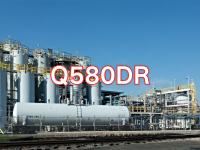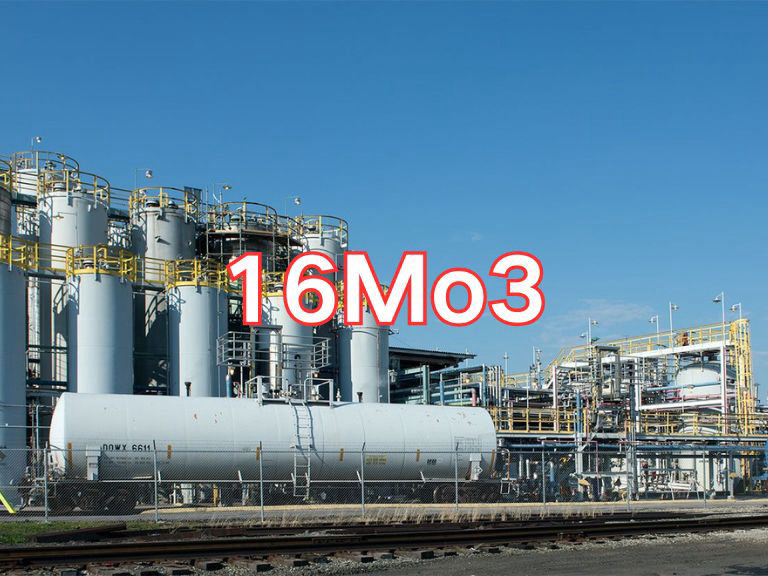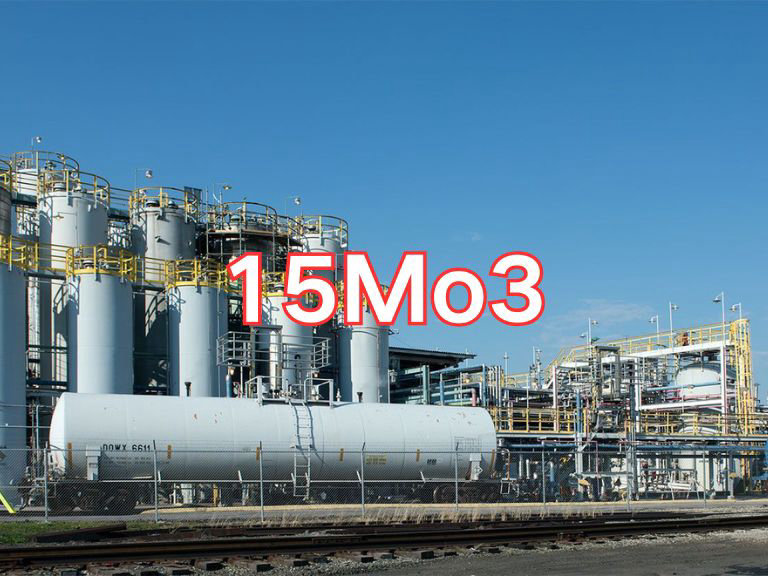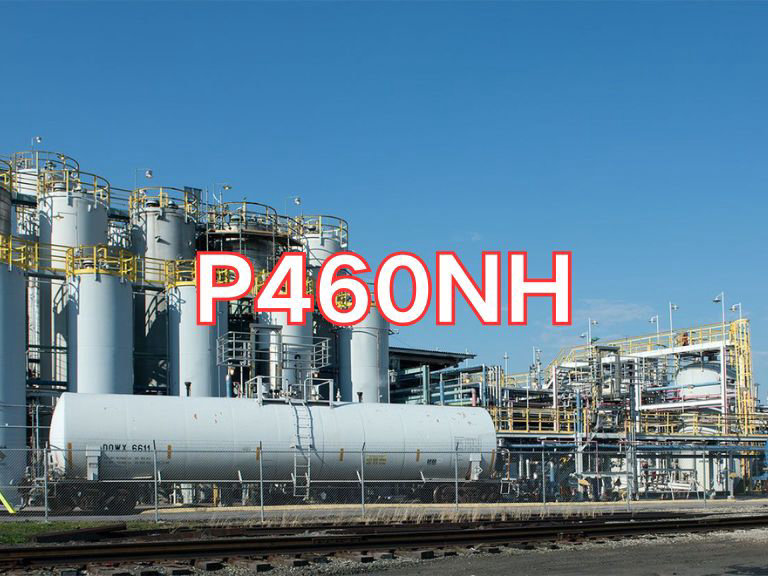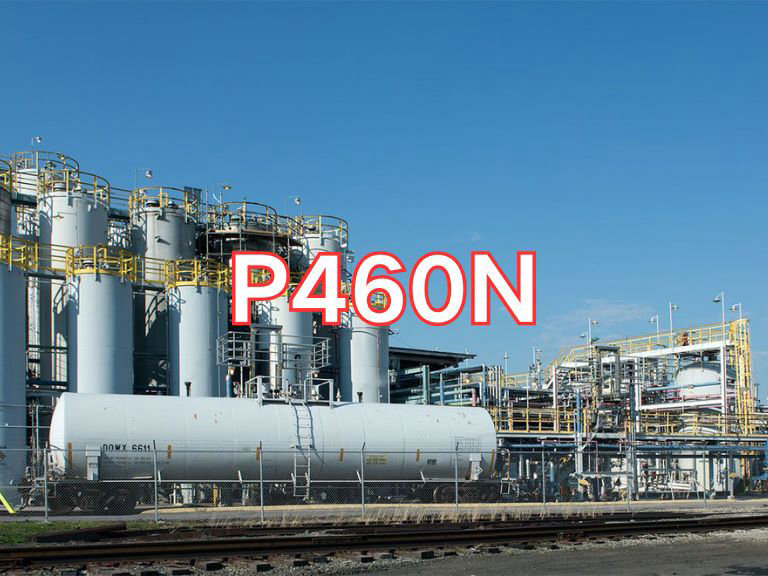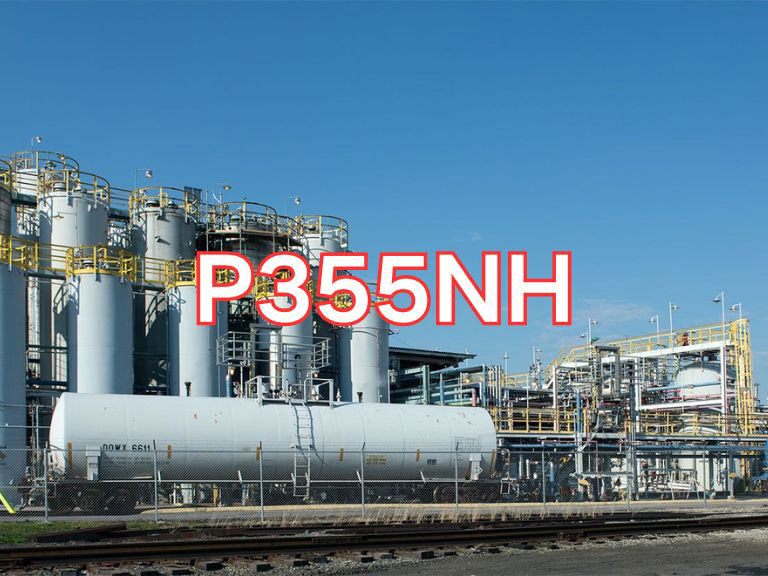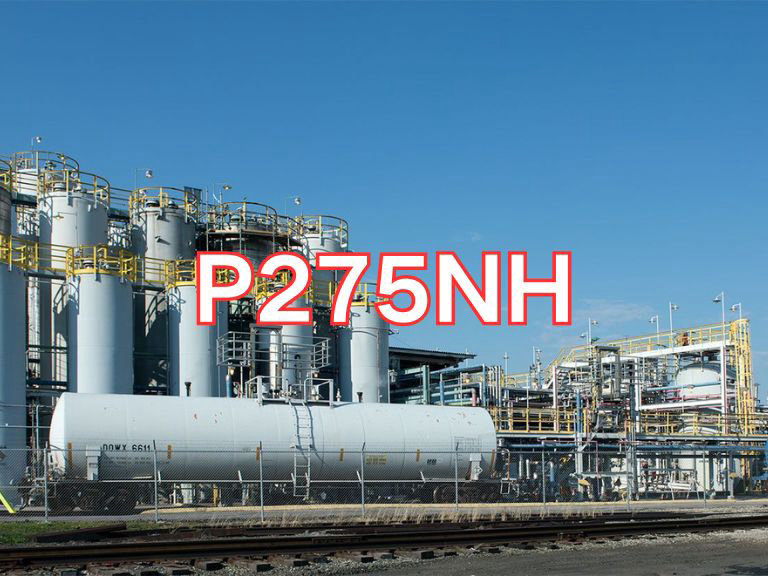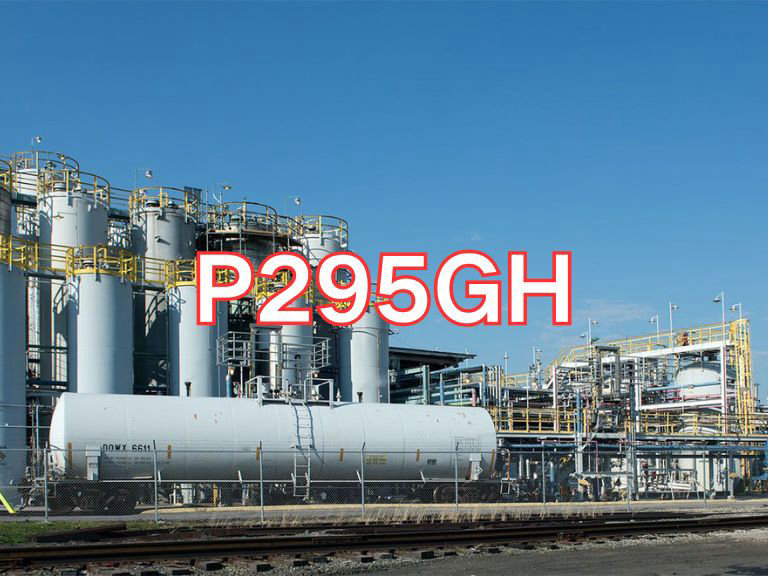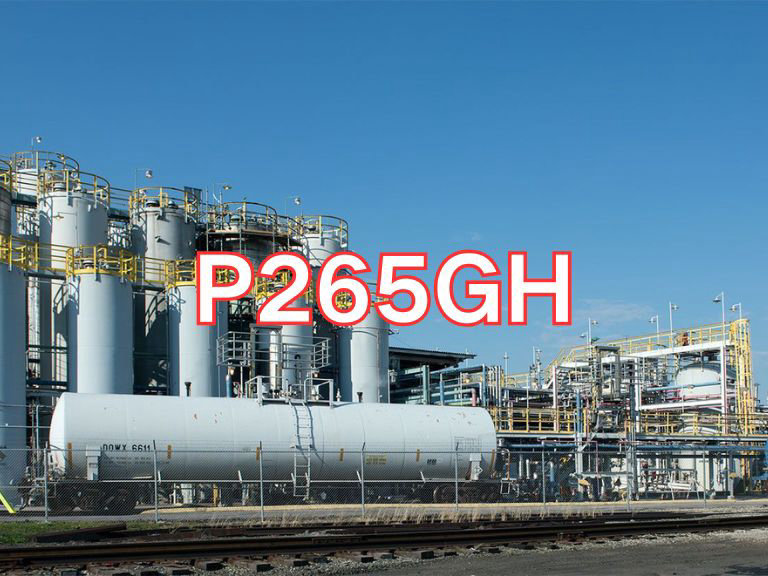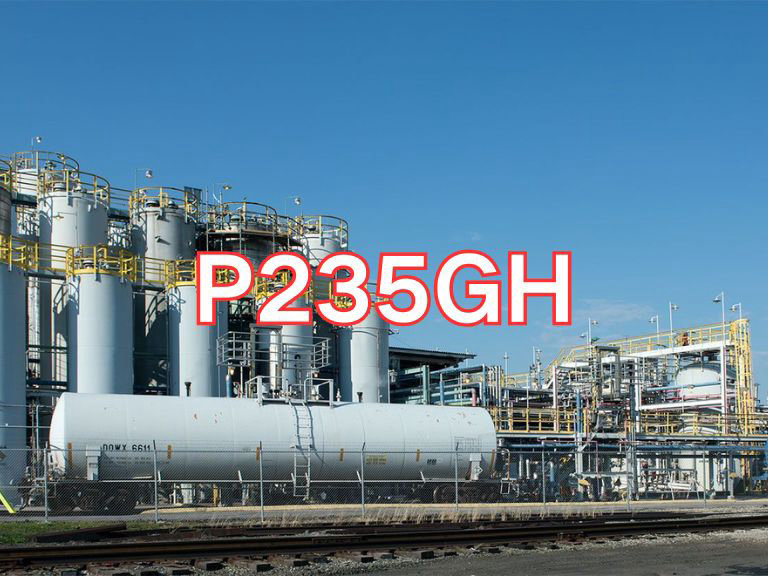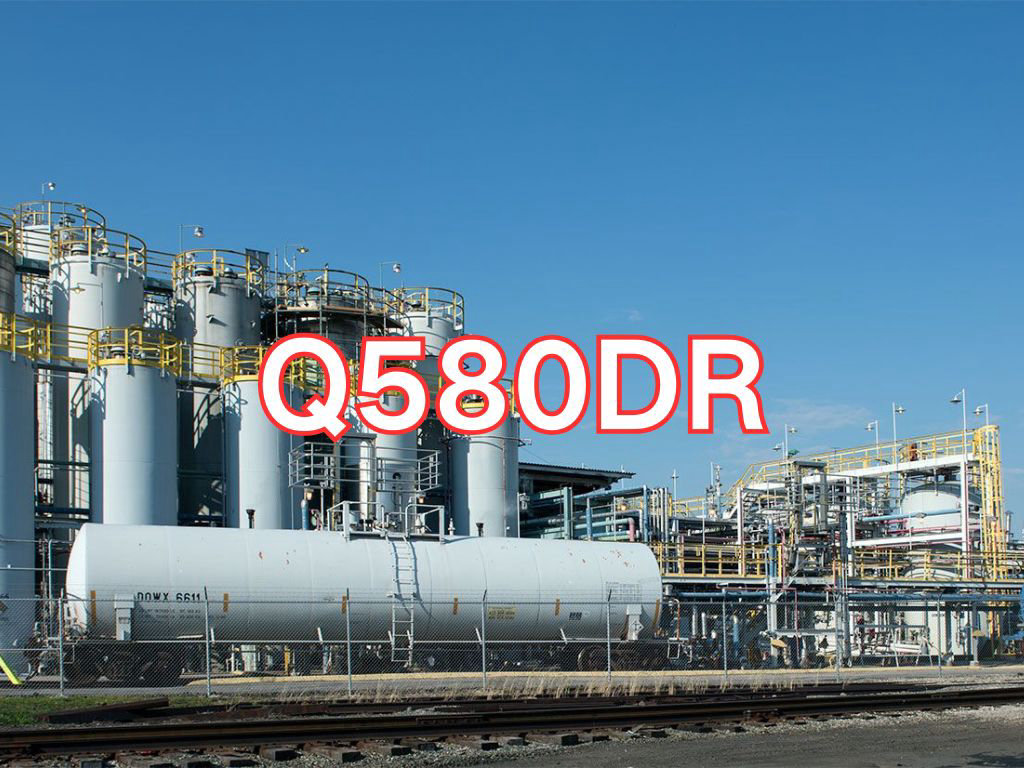

Q580DR
Q580DR is a high-strength low-alloy steel plate for pressure vessels, featuring excellent low-temperature toughness (impact performance at -40°C), with minimum yield strength of 580 MPa and tensile strength ranging from 670 to 830 MPa. It offers good weldability and formability, suitable for manufacturing large pressure equipment operating in low-temperature environments, such as liquefied gas storage tanks, and complies with the standard GB/T 713-2023.
The general description of Q580R series of grades is given as the following:
Q580R is a low-alloy, high-strength steel plate specifically designed for pressure vessels. The "Q" in its name stands for "Yield Strength," the number "580" indicates a minimum yield strength of 580 MPa, and the suffix "R" (from the pinyin "Rong," meaning container) designates its use in pressure vessels. This nomenclature clearly reflects its mechanical properties and application purpose.
Primarily used in the fabrication of large-scale petrochemical equipment, spherical storage tanks, reactors, heat exchangers, and power plant boilers, Q580R is ideal for high-pressure and elevated-temperature applications. Its high strength allows for reduced structural weight while enhancing load-bearing capacity, making it particularly valuable in modern, large-scale, high-parameter energy and chemical projects where safety and performance are critical.
Key characteristics of Q580R include high strength, with a minimum yield strength of 580 MPa and tensile strength typically ranging from 670 to 830 MPa; good low-temperature impact toughness, ensuring resistance to brittle fracture at temperatures down to 0°C or lower; excellent weldability and formability, facilitating construction and fabrication of complex components; and sufficient corrosion resistance and microstructural stability for reliable long-term service performance.
Currently, Q580R steel plates are manufactured and tested in accordance with the Chinese national standard GB/T 713-2023 "Steel Plates for Boilers and Pressure Vessels." This standard, released in 2023, supersedes the previous GB/T 713-2014 version, and includes updated requirements for chemical composition, mechanical properties, technological performance, and inspection methods, further enhancing the safety and reliability of boiler and pressure vessel steels. The standard specifies the grade designation, delivery conditions (typically normalized or normalizing-rolled), thickness range (generally 6 mm to 100 mm), and testing protocols, serving as the essential reference for production and quality acceptance of this steel grade.

Ultrasonic Testing (UT)
A key non-destructive testing technique that uses high-frequency sound waves to detect internal flaws in steel plates. The probe emits sound waves, which reflect when encountering defects such as cracks or inclusions. The receiver captures the echoes, enabling precise determination of defect location and size. With high sensitivity, strong penetration, and fast inspection speed, UT effectively ensures internal quality, widely used in the production of heavy plates, pressure vessel plates, and other high-end products to guarantee safety and reliability.

Magnetic Particle Testing (MT)
A common surface inspection method that magnetizes the workpiece, causing leakage magnetic fields at surface or near-surface defects like cracks or inclusions, which attract magnetic particles to form visible indications. Simple to operate and highly sensitive, MT is suitable for rapid inspection of surface and near-surface flaws in ferromagnetic materials, widely used for online or offline inspection of plate edges, ends, and welds, ensuring product quality and safety.

Penetrant Testing (PT)
A non-destructive method for detecting surface-breaking flaws. A penetrant liquid is applied to the cleaned steel surface, allowing it to seep into defects such as cracks or pores. After removing excess penetrant, a developer is applied, causing the trapped penetrant to bleed out and form visible indications. Simple and cost-effective, PT is suitable for inspecting surface defects in various non-porous materials, commonly used for welds, castings, and complex components, effectively ensuring surface quality of steel plates.

